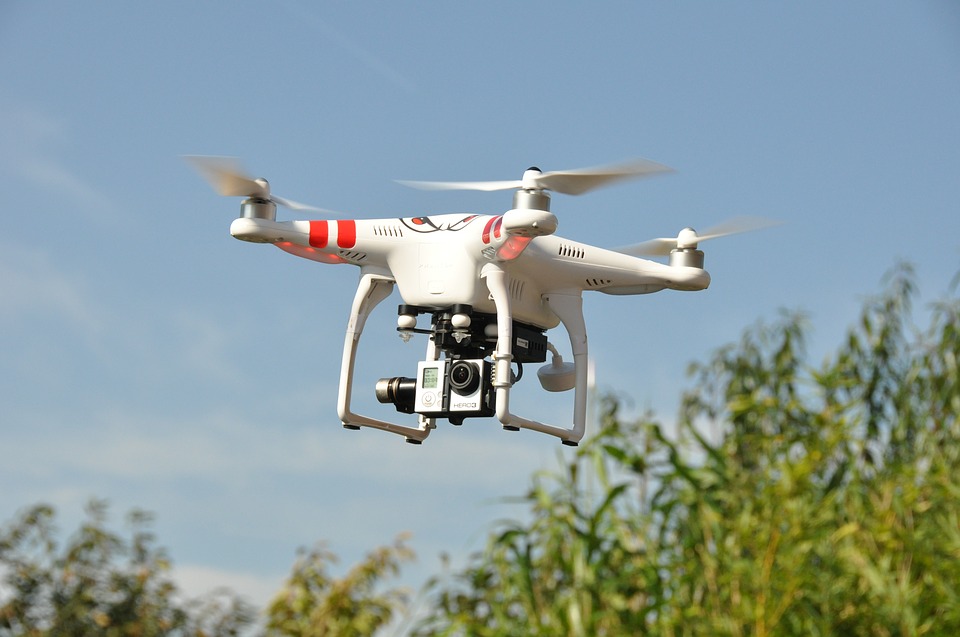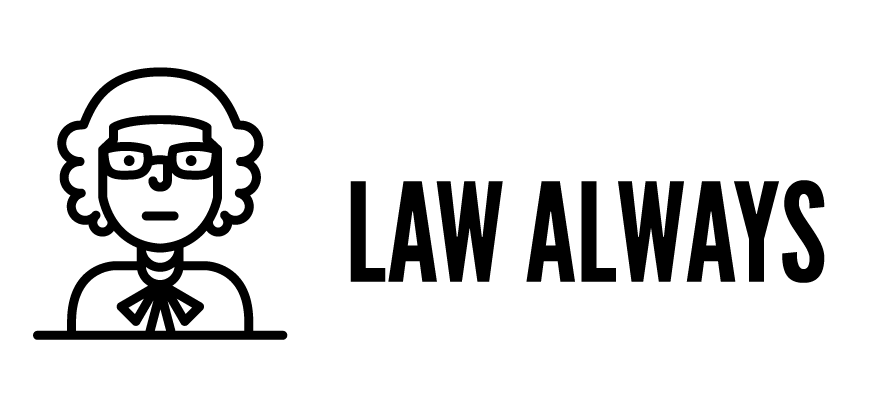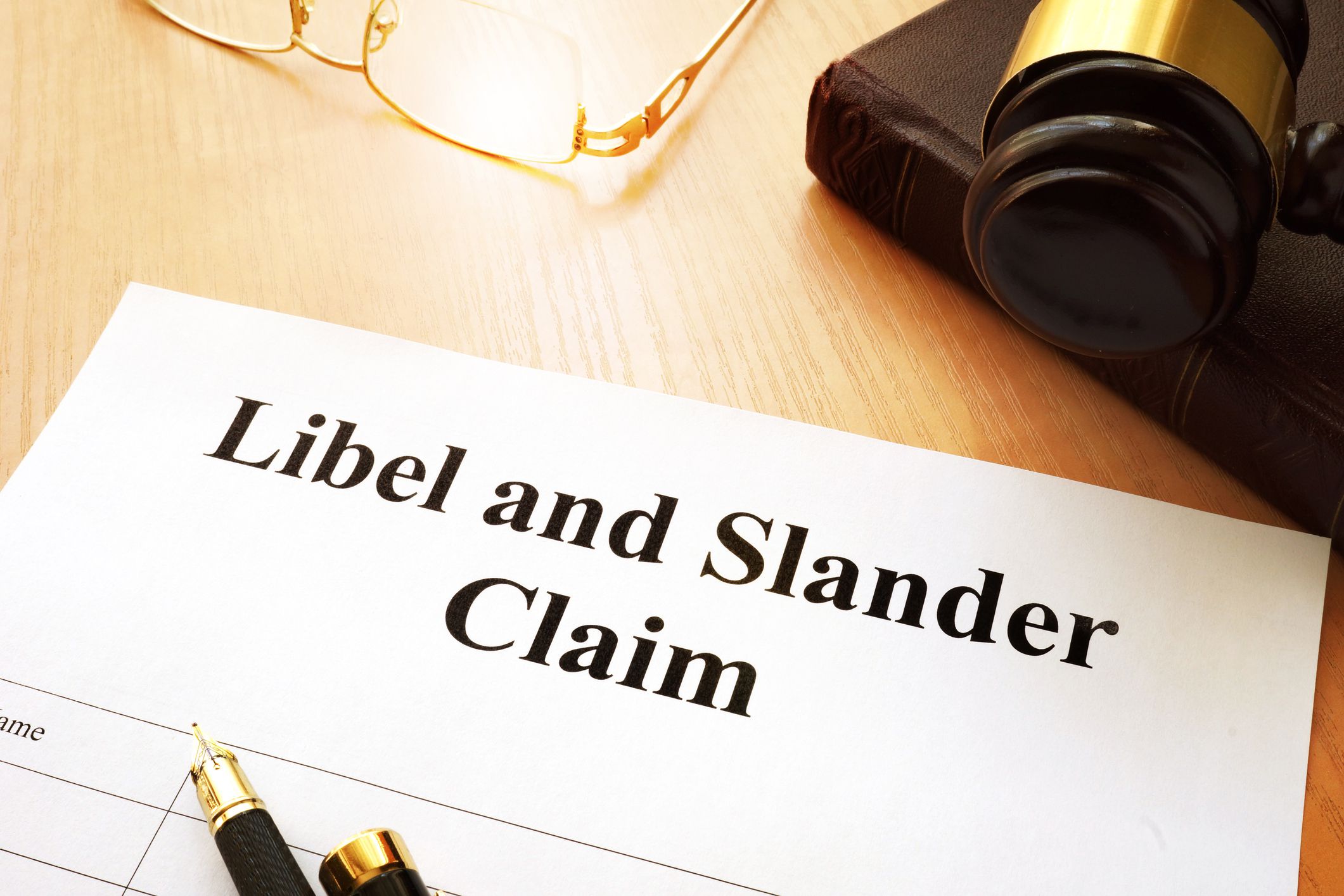If you haven’t seen drones overhead, you will soon. They may be drones received for holiday gifts, and new fliers will soon crash or lose their presents. But, more and more folks are becoming avid drone buyers, fliers, and competitors.
Realtors use them to film large properties. Surveyors use them to make their work easier and more accurate. Major retailers are getting serious about using them for deliveries. And, CBS News called them, “one of the technological marvels of our age.” So, if drones are not part of your life, they will be soon.
But, they haven’t taken to the air without some resistance. The technology is moving faster than the rules on safety and privacy.

If you’re in the market, here are the top 5 challenges of drone regulation:
- You need a license. A drone may be a sophisticated toy to you, but you must have special licensing with the FAA (Federal Aviation Agency) if you use it as part of your business, you may fall under a Section 333 Exemption. If you use it for fun, there’s no problem. You just register with the FAA and write the registration number on the drone.
Starting this past August, you can apply online for a Part 107 certificate instead of the Section 333 Exemption. If you want to know more about licensing requirements, you’ll find information at the Electric Code of Federal Applications. But, you should be prepared to deal with federal bureaucracy.
- Keep a leash on it. There are places where drone flight is prohibited. Drones are banned over sensitive facilities like prisons, power plants, and military facilities.
But, you cannot fly the drone within five miles of an airport, including small local airports. The FAA doesn’t like this and will locate and penalize violators. You may secure special permission for competitions and shows, but organizers must clear exceptions with the FAA.
- Follow the law. You must comply with more than the FAA regs. States, cities, and other jurisdictions may have regulations, too. Drone owners who want to fly over urban areas, for example, should check local regulations.
Your state’s regulations are listed at Current Unmanned Aircraft State Law Landscape. Where there are city regulations, they are falling by the wayside as regulatory authorities see the practical and commercial use of drones even over densely populated and industrial areas.
- Keep your eye on it. Authorities are doing away with regulations that require you to keep your drone within sight. You can expect regulations to keep your drone below 400 feet. That’s higher than you think and high enough to do what most fliers want.
But, whether you can see it or not, you must keep it away from “no-fly zones.” Some places are designated “no-fly,” including national monuments, national parks and woodlands, and special events like a visit by the Pope, a political convention, a U.N. meeting of world leaders, and so on.
- Fly, don’t spy. The drones offer exceptional freedom, most people have not known. They let your imagination soar. But, it’s a matter of good sense and good manners not to fly over people who might feel threatened by the intrusion.
You must fight the temptation to fly over your neighbor’s fence or barbecue. Their basic rights to privacy trump your fun. And, for now, there isn’t much to protect you or your drone if people report you or fight back.
When technology meets safety and privacy concerns
Amid this tangle of safety and privacy concerns, there is some good news. Advocates for drone flier freedoms and federal agencies appear on the same path. It’s not unusual for new technology to trigger resistance, but lawmakers appear to appreciate the potential that drones offer and seem to be working on mutually workable guidelines.





